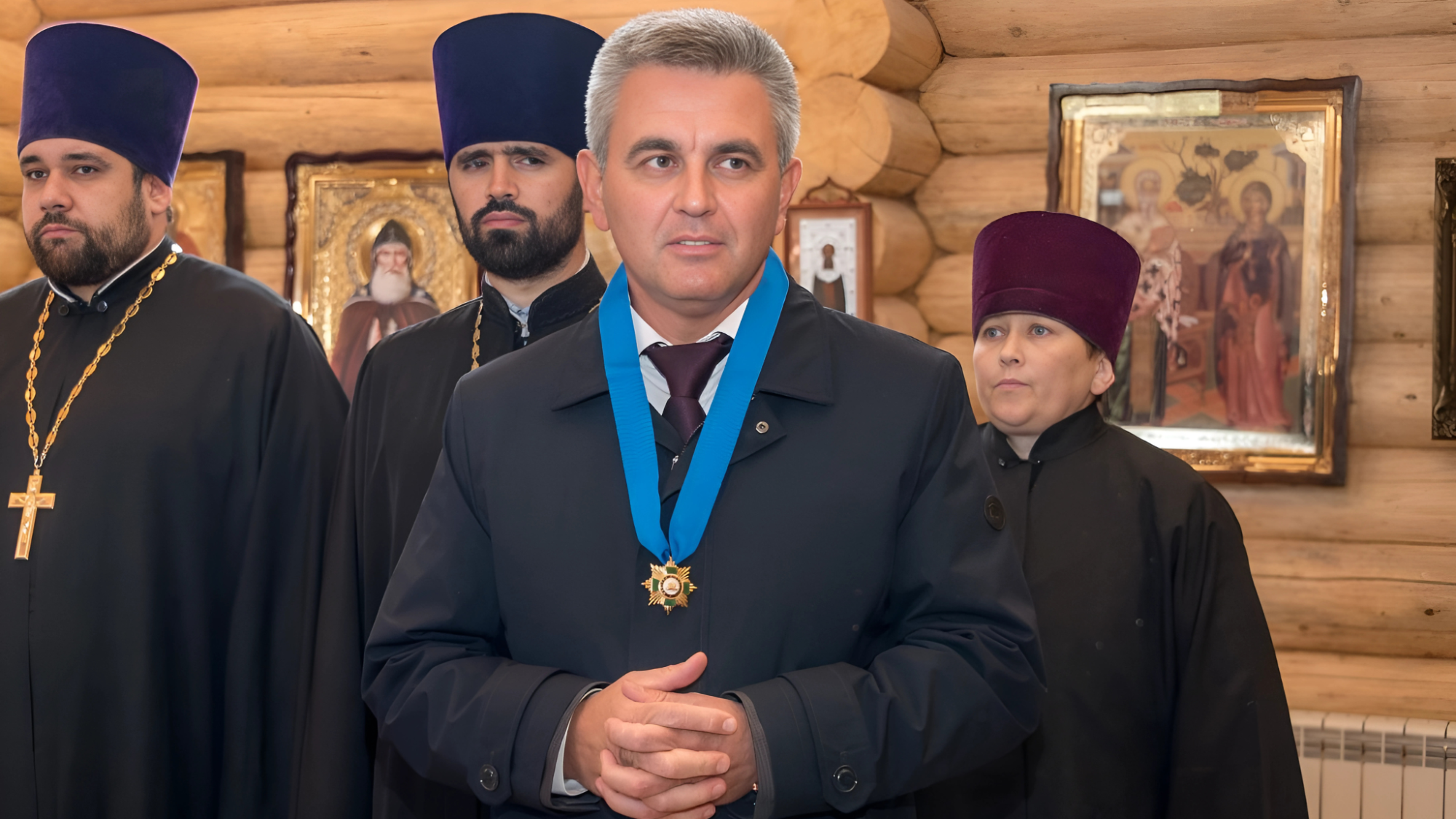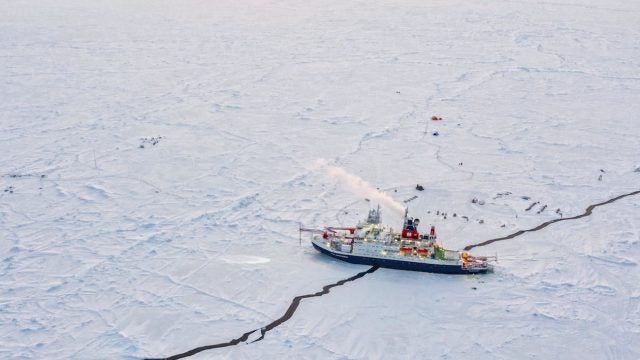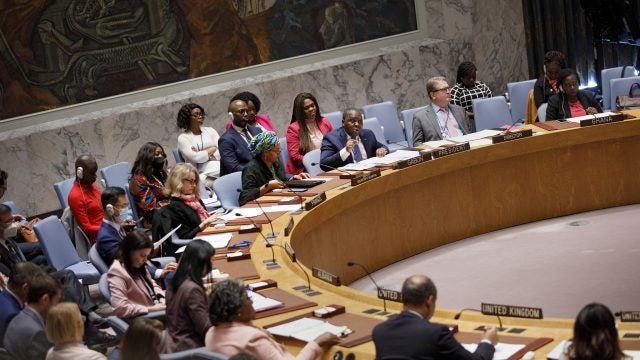
Title: Transnistria’s Art of Survival: Navigating the 2025 Gas Crisis
For more than three decades (1992-2022), Transnistria has defied geopolitical gravity. Historically, its survival has depended on a strategic relationship with Russia, which provided military, intelligence, political, economic, and energy support. Yet the war in Ukraine has altered this equation, exposing the region not to the military confrontation many once feared, but to a new and potentially more existential threat: a humanitarian crisis driven by deepening socio-economic vulnerabilities. The challenge for European and Moldovan actors now lies in developing a medium-term strategy that goes beyond crisis management and moves towards the economic reintegration of Transnistria.
Introduction
An unrecognized breakaway region of Moldova, home to a predominantly Russian-speaking population, Transnistria has maintained its de facto statehood since the collapse of the USSR. Tensions between Moldova’s push for independence and the region’s desire to remain aligned with Moscow led to a brief but violent conflict in 1992. A ceasefire agreement, brokered by Russia, left Transnistria outside Chișinău’s control and under the protection of Russian “peacekeepers,” effectively stalemating the conflict while allowing the region to function autonomously.
However, the shifting geopolitical landscape brought on by the war in Ukraine has placed Transnistria in an increasingly precarious position. With Tiraspol, Transnistria’s capital, located just one hundred kilometers from Odesa, the region was once seen as a potential flashpoint—both as a possible base for Russian military operations in southern Ukraine and a site where conflict might spill over and ignite local violence. Yet Moscow’s failure to reach Odesa in March and April 2022 and establish a land corridor to Transnistria transformed the region’s role in the war. The breakaway republic became strategically important but practically inaccessible, leaving Russia’s existing military presence cut off and preventing reinforcements or the use of Transnistria in broader operations in Ukraine.
Long reliant on heavily subsidized Russian gas and access to EU markets, Transnistria’s fragile economic model was thrown into disarray in January 2025 when Moscow, facing logistical constraints and increasing tensions with Kyiv and Chișinău, halted gas supplies transiting through Ukraine. As a result, the region’s trajectory has shifted from military concern to one of socio-economic survival. The 2025 gas crisis has exposed the limits of Transnistria’s long-standing survival strategy through geopolitical balancing. In response to these shifting conditions, this paper contends that a medium-term strategy focused on economic reintegration—rather than continued crisis management—offers the most viable path forward for ensuring the region’s stability.
Transnistria’s Art of Survival: A Limited Balancing Policy
Since its breakaway from Moldova, Transnistria has perfected the art of survival, skillfully navigating between vulnerability and resilience through a policy of pragmatic alignment with both Russia and the West. Although often reduced to the label of a “frozen conflict,” the region has never been truly static. Instead, it has continuously adapted to shifting geopolitical dynamics, regional power struggles, and the evolving interests of its key external players, chief among them, Russia.
Transnistria has developed an economy that, while still dependent on Russian energy subsidies, has become increasingly intertwined with the European Union, particularly following the implementation of the EU-Moldova Association Agreement in 2016. Today, nearly 80 percent of Transnistrian exports go to EU markets. Politically, the once-dominant elite has been supplanted by figures linked to the oligarchic business conglomerate Sheriff. Unlike the old guard, whose power relied on Russian military and political support, Sheriff’s influence stems from its ability to shape outcomes through wealth and patronage. While the former leadership emphasized preserving a Soviet-style system and resisting Moldova’s pro-Romanian leanings, Sheriff prioritizes economic control and profit. This shift is evident in the region’s growing economic engagement with both Moldova and the European Union, even amid continued reliance on Russian energy. The 2025 gas crisis further consolidated Sheriff’s dominance, as its business networks proved more adaptable to economic pressures than the ideologically rigid leadership it replaced.
Another key element of Transnistria’s survival strategy is its commitment to pragmatic neutrality. Despite the presence of Russian troops since 1992, the region did not advance into Ukraine in February 2022, nor has it played an active role in the conflict. This restraint underscores a strategic, rather than ideological, approach to foreign alignment. While deeply connected to Russia, Transnistria’s leadership has consistently prioritized self-preservation and regional stability. The war in Ukraine reignited fears that Transnistria could be the “next domino” to fall in a broader regional escalation, yet such assumptions mischaracterize its intentions. Rather than aligning strictly with Moscow’s agenda, Tiraspol has focused on maintaining functionality and preserving its economic networks—particularly those linked to Moldova and the European Union—highlighting a survival strategy rooted in flexibility and calculated neutrality.
The 2025 Gas Crisis: Exposing Transnistrian Socio-Economic Vulnerabilities
In January 2025, Transnistria faced its most severe energy crisis in decades. The sudden cutoff of Russian gas supplies through Ukraine exposed the deep fragility of the region’s economy and social infrastructure. For years, Transnistria had relied on Moscow’s heavily subsidized gas to sustain its industrial base and maintain a semblance of economic stability. With this lifeline severed, the region confronted the stark realities of its isolation. Compared to January 2024, customs statistics show a 60 percent drop in exports.
Despite consuming large quantities of gas for industrial production and electricity generation, Transnistria has never directly paid for these imports. Instead, the debt has been accumulated under Moldova’s name, an arrangement that allowed Russia to use energy both as a financial tool and as geopolitical leverage. This system served a dual purpose: sustaining Transnistria’s loyalty through free energy while binding Moldova to unresolved debt, discouraging deeper EU alignment, and complicating reintegration efforts. However, the war in Ukraine disrupted this delicate balance. The closure of gas transit routes through Ukraine prompted Russia to redirect energy flows to more strategically significant partners—such as China, Turkey, and India—leaving Tiraspol with few alternatives.
Although Transnistria has endured previous energy cutoffs (in 2006, 2009, and 2014), this crisis is different. Moldova, anticipating Russian pressure, accelerated its integration into the European energy grid and secured alternative electricity supplies from Romania. Where Moldova once had to negotiate with Transnistria over shared energy infrastructure, it now possesses the capacity to bypass the region altogether. This has effectively removed Transnistria’s ability to use the Kuchurgan Power Station—which once supplied 80 percent of Moldova’s electricity—as a bargaining chip.
Initially, the destruction of over 50 percent of Ukraine’s power production capacity in 2022 and 2023 allowed Transnistria to extract concessions from Chișinău, which had previously relied heavily on Ukrainian energy. In January 2025, after the cutoff of Russian gas, the Kuchurgan Power Station was forced to switch to coal—an inefficient and costly alternative. Rolling blackouts soon followed, crippling industry and cutting off heating to thousands of households. Businesses struggled to operate under unpredictable power conditions, and unemployment soared.
The crisis was further exacerbated by longstanding infrastructure weaknesses. Transnistria’s Soviet-era energy grid, plagued by decades of underinvestment, has proven ill-equipped to handle the strain. With limited international recognition, the region has found it nearly impossible to secure funding for modernization. Years of dependence on Russian subsidies have left the economy highly vulnerable to exactly this kind of structural shock.
While the economic deterioration has strengthened Chișinău’s argument that Transnistria is not viable without Russian support, the humanitarian toll is significant. Tens of thousands of residents have faced harsh winter conditions without heating, and water supply systems are at risk of failure due to power shortages. On January 31, 2025, the European Commission approved €64 million in non-repayable aid for Moldova, including €20 million earmarked for easing the energy crisis in Transnistria. However, the region’s leadership has remained wary of accepting direct Western assistance. Instead, it pursued an alternative solution brokered by JNX General Trading L.L.C, a Dubai-registered company financed by Russia, which will facilitate the transport of gas from Hungary.
Transnistria at a Crossroads: Reintegration, Realignment, or Prolonged Uncertainty?
The 2025 gas crisis exposed the vulnerabilities of Transnistria’s long-standing survival strategy, presenting a unique opportunity for European actors and Moldova to reshape the region’s trajectory. The challenge lies in developing a medium-term strategy that moves beyond crisis management and toward economic reintegration. A key starting point should be the promotion of stronger economic linkages between Transnistria and Moldova, aligned with Moldova’s broader European integration framework.
To foster closer economic ties with Moldova and the European Union, European actors could offer Transnistrian businesses preferential access to EU markets, particularly in sectors where the region holds a comparative advantage, such as industrial manufacturing and agriculture. This would create tangible incentives for closer alignment with Moldovan economic policy and reduce dependency on Russia. In parallel, European financing could support infrastructure projects, particularly in energy and transport, that connect Transnistria with Moldova and the wider EU market.
Given Moldova’s strategic role in regional energy dynamics, European actors should also assist in developing a comprehensive energy transition strategy. This should include Moldova’s own diversification efforts as well as steps to integrate Transnistria into the EU energy grid. Strengthening cooperation on energy between Moldova and Transnistria would not only enhance regional energy security but also provide a foundation for renewed political dialogue.
As Moldova progresses toward EU integration, economic incentives could serve as leverage to encourage gradual reintegration. A phased approach, where benefits linked to Moldova’s EU accession are extended to Transnistria in exchange for constructive engagement, could promote meaningful steps toward conflict resolution. This would require strong monitoring mechanisms to ensure that Transnistria’s engagement aligns with EU values, particularly regarding governance, human rights, and the rule of law.
The eventual resolution of the war in Ukraine will also reshape the geopolitical context in which reintegration efforts unfold. Should the war conclude with a ceasefire or negotiated settlement, Moldova will need to seize the opportunity to advance reintegration efforts—supported by European and United Nations backing for a post-conflict peacebuilding process. This will be essential to ensuring that reintegration is guided by long-term stability and supported by both security guarantees and economic opportunity.
As Moldova heads into its 2025 parliamentary elections, continued EU engagement will be essential. While the Transnistrian conflict is not a central electoral issue, the European Union can offer diplomatic backing and technical expertise to help Moldova craft a coherent reintegration strategy—one that takes domestic political sensitivities into account while advancing broader national and regional goals.
The road ahead remains uncertain, but integrating Transnistria’s economic actors into Moldova’s development path could pave the way for a more stable and prosperous region. The trajectory of the war in Ukraine and the outcome of Moldova’s elections will be key in shaping this process. By addressing the economic dimensions of reintegration and offering viable policy options, Moldova and its European partners can move beyond the status quo and build a sustainable framework for stability and resolution in the years to come.
. . .
Florent Parmentier, Ph.D., is Secretary-General of the Centre for Political Research at Sciences Po (CEVIPOF) and a research associate at HEC Paris and the Jacques Delors Institute.
Image Credit: President.gospmr.org, CC BY 4.0, via Wikimedia Commons.
Recommended Articles

This article explores the uncertain future of Arctic governance amid shifting global geopolitics. It argues that whether Washington and Moscow opt for confrontation or cooperation, multilateralism in the Arctic…

Twenty-five years ago, the United Nations Security Council adopted Resolution 1325, establishing a framework that underpins the Women, Peace, and Security (WPS) Agenda. The Resolution recognized both the…

When we analyze conflicts in the Middle East, we are not analyzing conflicts with isolated impacts but risks for global energy security. Recent conflicts in the Middle East have highlighted…